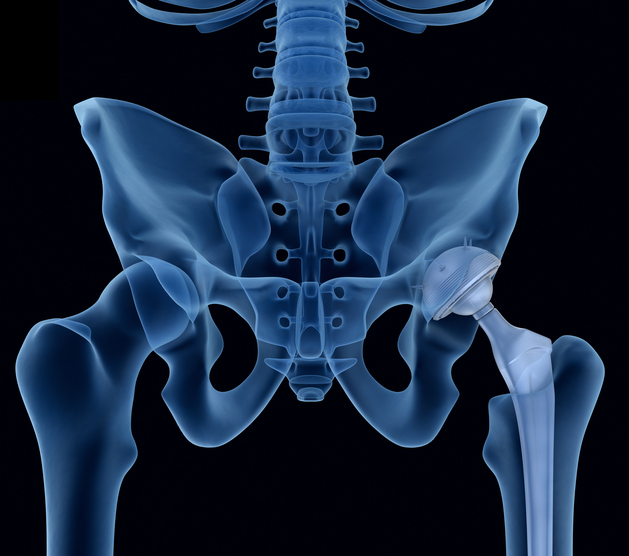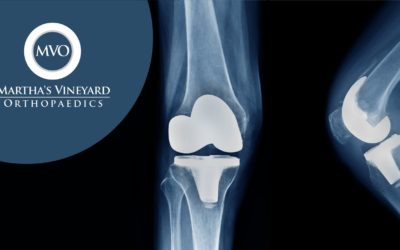Stem Cell and Platelet-Rich-Plasma:
Orthobiologic Therapy
Orthobiologic Therapy
Harnessing the Body’s Healing Powers
The body has an innate ability to heal itself. Researchers have long attempted to harness that process and use it in the treatment of injury and degeneration. Part of the healing process comes from 2 cellular factors; stem cells and platelets. These cell types assist in tissue restoration and regeneration.
The expectation is that these cellular substances may
- Stimulate a reparative response in the body via signaling and/or cell transformation
- Create an environment conducive to accelerated healing, such as modulating inflammation.
MSCs (stem cells) and PRP (platelet rich plasma) are considered biologic therapy. These bio-active substances are derived and injected into the area of damaged or degenerative tissue; an injured muscle, an inflamed tendon or an arthritic joint, for instance.
The theory is that these cellular substances might:
- Stimulate a reparative response in the body via signaling and/or cell transformation
- Create an environment conducive to accelerated tendon healing, through modulating inflammation and stimulating bio-active proteins.
The objective of Biologic Therapy is to improve the healing environment of injured muscles, tendons and joints. It is also currently being used to address the pain and swelling that accompanies degenerative conditions, such as arthritis. For those with damage to the articular cartilage or arthritis who don’t feel ready for knee replacement, the hope is that these treatments can offer a potential “bridge” between cartilage repair procedures and total knee replacement.
What is PRP?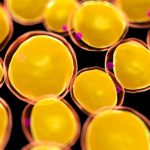

PRP (platelet rich plasma) is derived from your blood. Platelets are those cells in your blood that contain an abundance of growth factors and anti-inflammatory agents (IGF, TGF, VEGF, etc).
If the body sustains an injury, platelets are naturally delivered to the injury site. These cells will degranulate, or release bioactive factors that stimulate tissue repair. This is the natural process by which nearly all tissue heals. A sample of your blood is obtained, and the platelets are concentrated through centrifugation and injected into the desired body part. These platelets will secrete bioactive agents.
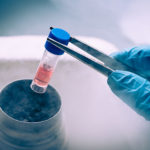
What are Mesenchymal Stem Cells (MSC’s)?
Stem cells are more accurately called “progenitor cells.” These are cells that have the ability to transform into varying cell types and tissues. So, let’s say you break a bone. The body needs more bone to heal a fracture. Stem cells are signaled to populate the area of damage and facilitate the production of new bone. The same goes if it is skin, heart or cartilage that is damaged. Sounds rather straight-forward, but the actual process is exceedingly complicated with likely thousands of metabolic steps. There are a variety of progenitor stem cells in the body. Mesenchymal stem cells (MSCs) live as pericytes which are cells that line blood vessels. These are most easily found in the bone marrow and fat. Amniotic fluid may also be rich in MSC’s.
To date there are several basic sources of Stem Cell therapy:
- Bone marrow-derived (BMAC–Bone Marrow Aspirate Concentrate)
- Adipose or fatty tissue-derived
- Amniotic fluid-derived
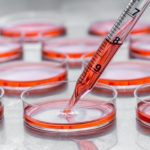
How does Biologic Therapy work?
This is still being answered with increasing accuracy, however we do know that these treatments work through a complex series of interactions. Although in the lab stem cells can be turned in culture into many organ tissues, they do not act this way when injected into the body. Instead when injected they act as medicinal signaling cells, or tiny pharmacies, to bring in proteins and cells that stimulate the body’s own repair mechanisms to work more effectively in areas of injury or inflammation.
What is the Procedure Like?
PRP
With PRP, platelets are derived from your blood. This is an office procedure and it only takes roughly 20-30 minutes. A sample of blood is drawn from your arm. The blood sample is processed, usually by centrifugation, and the plasma layer of blood (which is rich in platelets) is isolated, removed and injected into your affected joint or injured area.
Your activities after the procedure may be limited according to the treated condition and should be discussed with your doctor.
STEM CELLS
Stem cell injections can be performed in the office or procedure center. Amniotic stem cells are shipped frozen, thawed just prior to use and simply injected into the joint—quite simple.

